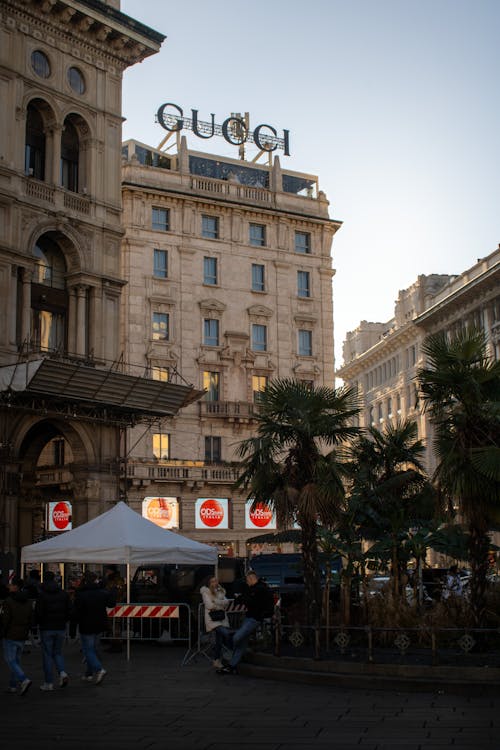
In the bustling landscape of fashion history, few names resonate with as much power and prestige as Gucci. Behind this illustrious brand stands a visionary entrepreneur whose creative genius and business acumen transformed the world of luxury fashion forever. That man was Guccio Gucci.
Born in 1881 in Florence, Italy, Guccio Gucci was destined to leave an indelible mark on the fashion industry. His early years were spent working as an elevator operator at the prestigious Savoy Hotel in London, where he was exposed to the opulence and refinement of high society. It was during this time that he developed a keen eye for quality craftsmanship and exquisite design.
Returning to his native Italy, Gucci drew inspiration from the equestrian world, particularly the refined leather goods and accessories worn by the aristocracy. In 1921, he founded the House of Gucci, initially as a small workshop specializing in leather goods. His commitment to exceptional quality and craftsmanship quickly garnered attention, and Gucci’s reputation for excellence began to spread.
One of Guccio Gucci’s most iconic creations was the bamboo-handled bag, introduced in the 1940s. Born out of necessity during World War II when materials were scarce, Gucci ingeniously utilized bamboo to create sturdy, yet stylish handles for his handbags. This innovative design not only became a symbol of the brand’s ingenuity but also solidified Gucci’s status as a trailblazer in the world of fashion.
Throughout the decades, Gucci expanded its offerings to include a wide range of products, from luggage and accessories to ready-to-wear clothing and fragrances. Under Guccio Gucci’s leadership, the brand became synonymous with luxury, elegance, and sophistication, attracting a loyal clientele of celebrities, royalty, and discerning fashion connoisseurs.
Despite Gucci’s untimely passing in 1953, his legacy lived on through his sons, Aldo, Vasco, and Rodolfo, who took the reins of the company and continued to uphold their father’s commitment to excellence. Together, they propelled Gucci to even greater heights, expanding its global presence and cementing its status as a powerhouse in the fashion world.
In the decades following Guccio Gucci’s death, the brand faced its share of challenges, including internal strife and a decline in popularity. However, in the 1990s, under the visionary leadership of Tom Ford, Gucci experienced a renaissance, revitalizing its image and reclaiming its position as a trendsetter in the industry.
Today, Gucci stands as a testament to Guccio Gucci’s enduring legacy. His vision, innovation, and unwavering dedication to quality continue to inspire generations of designers and fashion enthusiasts alike. From its iconic double-G logo to its timeless designs and boundary-pushing creations, Gucci remains a symbol of luxury, sophistication, and Italian craftsmanship at its finest Istanbul-yanginmerdiveni.com/.
As the fashion landscape continues to evolve, one thing remains certain: the name Guccio Gucci will forever be synonymous with timeless elegance and unparalleled style.
